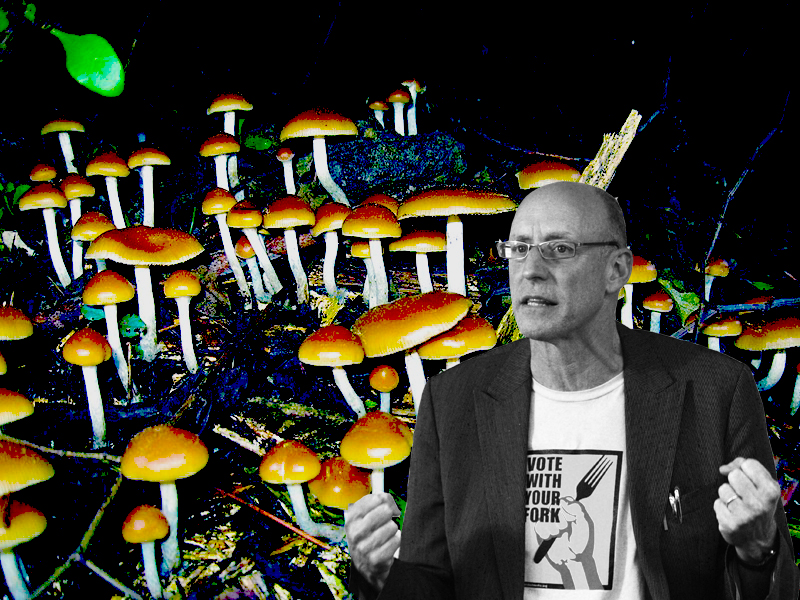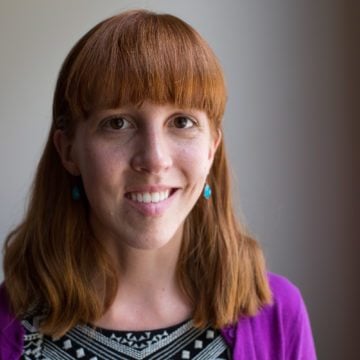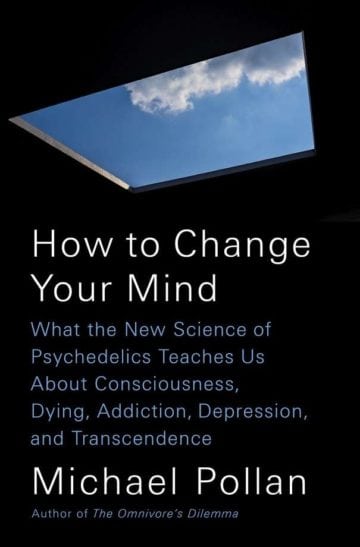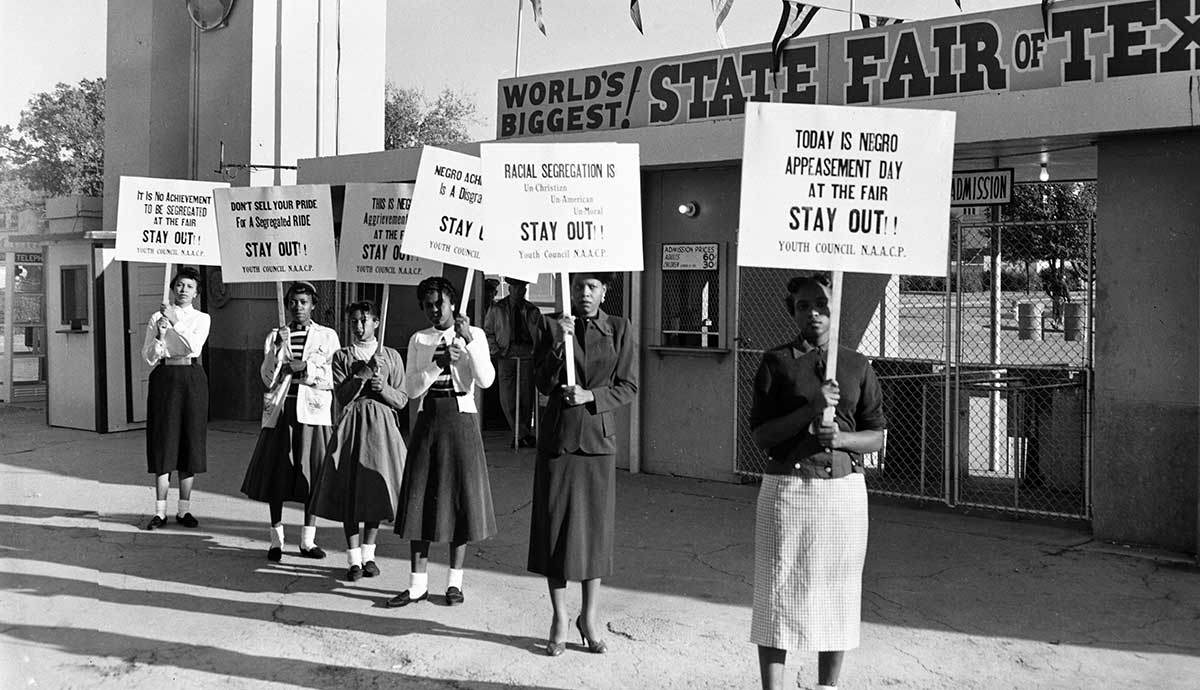
Author Michael Pollan on the Power and Promise of Psychedelics
A rigorous, nerdy, funny and deeply moving book, "How to Change Your Mind" makes a strong case that LSD and mushrooms can do just that.

I admit to feeling an illicit thrill when I opened Michael Pollan’s new book. The third page bears a stern disclaimer, warning that “This book relates the author’s investigative reporting on, and related self-experimentation with, psilocybin mushrooms, the drug lysergic acid diethylamide … and the drug 5-methoxy-N.” The disclaimer goes on to say that the book “is not intended to encourage you to break the law.” Nearly 500 pages later, I suspect that many readers may be left with the exact opposite impulse. A rigorous, nerdy, funny and deeply moving book, How to Change Your Mind is a testament to the power and promise of psychedelics. It left this skeptic — if not quite ready to “turn on, tune in, drop out” — at least willing to consider that a class of drugs more commonly associated with reggae festivals and grungy college co-ops could rewire our brains in positive ways.

By Michael Pollan
Penguin
$28; 480 pages
In the same engrossing, anecdotal style that made his books on food bestsellers, Pollan chronicles the latest research on LSD, psilocybin (the active ingredient in magic mushrooms) and their ilk. He talks to neuroscientists, hunts shrooms along the foggy Pacific coast and meets an eccentric British philanthropist who drilled a hole in her own head.
And yes, he gamely samples all the drugs himself under the supervision of underground guides. These trips are poignant and vulnerable, but Pollan also skillfully deploys humor and self-deprecation to keep sentimentality at bay. In one passage, he describes peeing under the influence of mushrooms: “The bathroom was a riot of sparkling light. The arc of water I sent forth was truly the most beautiful thing I had ever seen, a waterfall of diamonds cascading into a pool … This went on for a pleasant eternity.”
Finally, Pollan profiles cancer patients whose trips helped them grapple with mortality. Some 80 percent of patients in two such studies, one at NYU and the other at Johns Hopkins University, had significantly reduced depression and anxiety for at least six months after taking psilocybin — nearly unheard-of results in the field of mental health. In advance of his book talk in Austin on Tuesday, Pollan spoke with the Observer about the history and future of psychedelics, plus his own trippy experiences.
Q: This book was a bit of a left turn for you. How was writing about psychedelics different than writing about food?
It was way out of my comfort zone. I knew very little about the brain, neuroscience or psychology. What I knew about was psychoactive plants, which I’d written about before. I’d long been interested in why we use psychoactive plants and fungi to change consciousness.
I love being at the beginning of the learning curve as a writer. I don’t like writing as an expert; I think it’s more interesting to bring the reader with you on a journey as you learn, rather than deliver a lecture from the end of the process. It was getting hard to do that with food. This time, I was writing, arguably, as an idiot.
The last thing that was a real departure for me was this is a very personal book. The material is from my life and my subconscious, and reporting on my innermost thoughts took some getting used to. I had to be willing to expose myself in a way I hadn’t before.
Was that uncomfortable?
It gave me pause now and then. I had to keep telling myself, ‘You can’t worry about how you’ll look. Judith [Pollan’s wife] will read it before you publish, and she’ll flag anything really stupid,’ which she did. Writing projects share a logic and a momentum all their own, and once you set that train heading down the tracks, you’ve gotta just go with it.
Many people don’t know that prior to the 1960s, there was a great deal of promising scientific research on psychedelics — more than 1,000 published papers and 40,000 research subjects. Why has that been forgotten?
I think our image of psychedelics is frozen in the 1960s. After Timothy Leary, you have this moral backlash and scare stories that are very powerful and widely disseminated. What I didn’t know is there was a very rich history before that. All through the ’50s, you have this fertile period of investigation, where psychiatrists and other researchers are trying to figure out what these drugs could be good for and learning to administer them.
We have trouble looking beyond the stigma that got attached in the ’60s. But before that, psychedelics were perfectly legal and regarded in many quarters as psychiatric wonder drugs. Then all that stops after the ’60s — the drugs are banned, the money dries up and the researchers stop working. You have this unprecedented 30-year hiatus. I don’t know of another example where a promising line of scientific inquiry was stopped for reasons that had nothing to do with the science. If you ask most people the history of psychedelics they’ll say, ‘Oh, the ’60s!’ but in fact, that’s just one chapter in a much longer and more interesting story.
Today, as research picks up again, do we risk another backlash?
We could have another backlash if there were some serious adverse events — if people got hurt or researchers got careless. We’ve seen that happen in medicine. But I don’t think what happened in the ’60s will happen again. You had this drug being used by the young, creating a mindset that elders did not understand and found very threatening. LSD helped foster the generation gap, and it became a sacrament for the counterculture. That won’t happen again, because now those same young people are in charge. They are presidents of the American Psychiatric Association, they’re regulators at the FDA! So I don’t think they’re gonna overreact quite the way Nixon did, or the way others in the establishment did in the ’60s.
You write that “so many of the specific insights gleaned during the psychedelic journey exist on a knife-edge poised between profundity and utter banality.” Talk about that balance.
There’s a moment in my first LSD trip where I describe this cascading dam break of love that I was feeling for my family. It’s not an uncommon psychedelic epiphany that love is the most important thing in the universe, and here I was having it. That sounds so thin and so banal; it’s a platitude. But the more I thought about it, that didn’t make it untrue. Platitudes are truths that have been drained of emotion. We’re so much more comfortable in this kind of ironic perspective where we play down emotion, but it is true. Love is the most important thing. And it may not be profound — well, it is profound, actually — but we defend against feeling that, day-to-day. And you are put back in touch with it on psychedelics. That italicization of the ordinary can seem silly at times, but it’s also very valuable.
Some of the most impressive research comes from experiments with terminally ill cancer patients. Why are these drugs so powerful when it comes to mortality?
We don’t have a lot of tools to help people who are facing death. We have morphine, but that’s about it. These drugs appear to help people reset as they approach the end of life. When you take LSD or psilocybin and feel your ego dissolve, you’re rehearsing death and learning how to let go. Not to say everyone has a vision of immortality or the afterlife, but you realize you’re part of something larger. One woman described what seemed at first like a scary experience during her trip — she bumps up against the wall of a crematorium, but then she feels her molecules being taken up by the ground, the plants and their leaves. That’s exactly what happens, and she could take comfort in that.
Patrick Mettes, the cancer patient I write about, died with equanimity. The last few days of his life, his hospital room became like a gravitational field, where staff and friends and family were drawn in because he was putting out so much love. What an extraordinary gift.
How far off is a future when psychedelics are a mainstream treatment prescribed legally?
If you had asked me that three years ago, I would’ve told you that approval was 15-20 years away. Now I would say more like five.
The fact is that the studies so far contain a lot of very encouraging data. There’s definitely much more work to be done, but the money has been raised and it’s going to happen. The business model in particular is going to be hard to figure out. But more trials are probably starting later this year. Under a provision called compassionate use, some people may have access to these drugs in a couple years. So yes, I believe there is a very good chance we could see MDMA and psilocybin approved within five years, and I never would have thought that before I wrote this book.
This interview has been edited for length and clarity.


